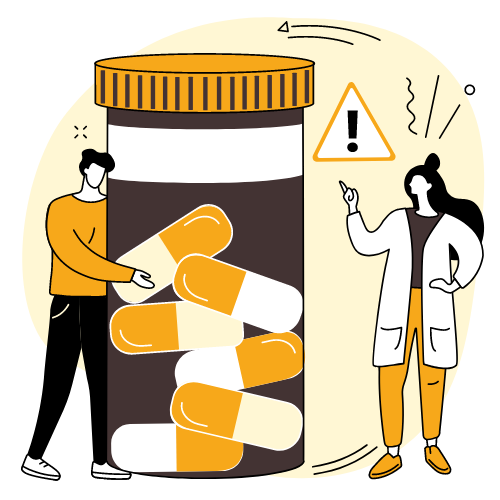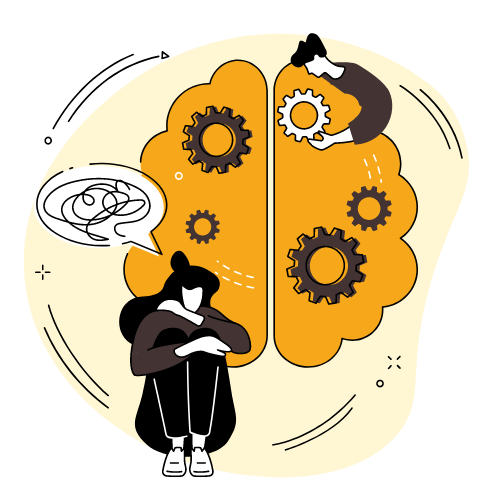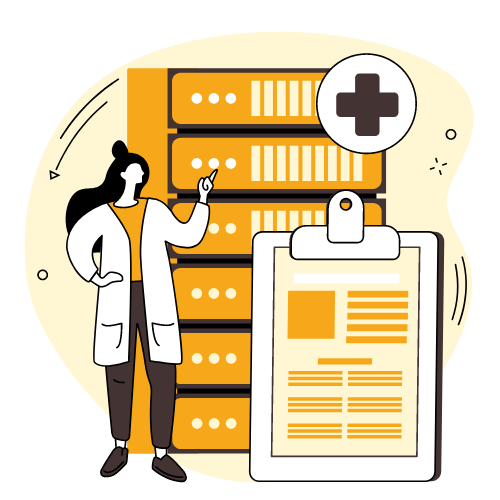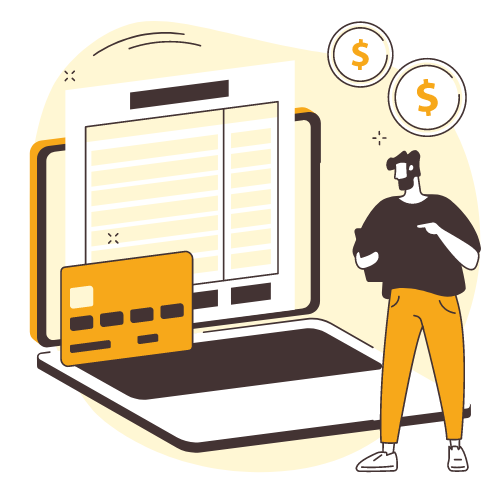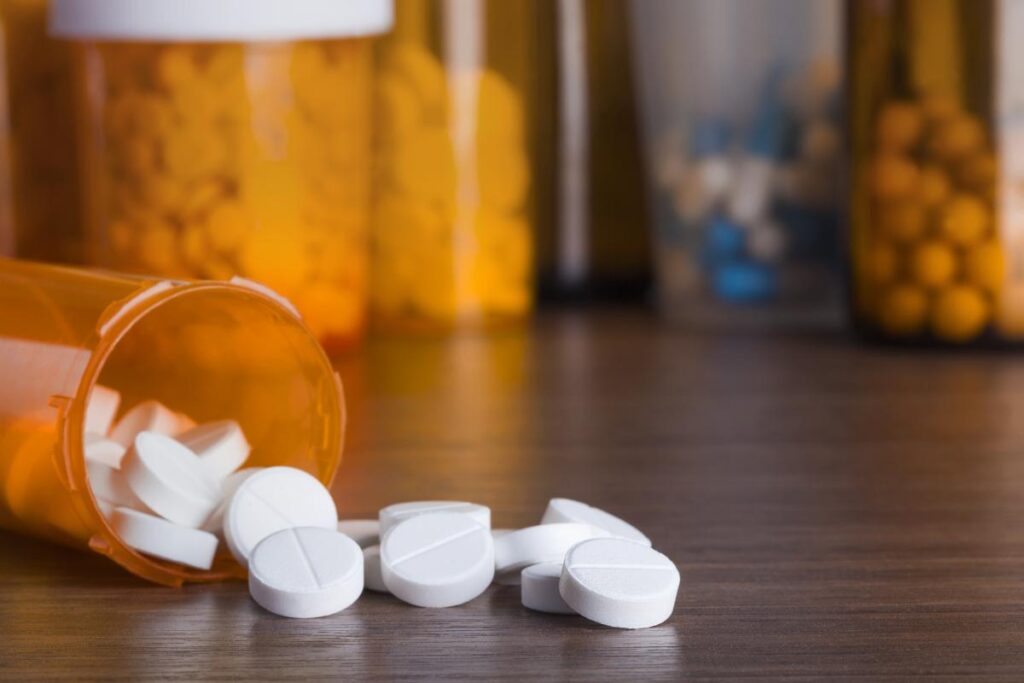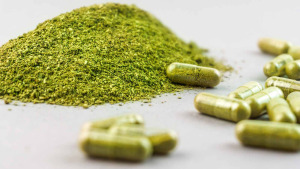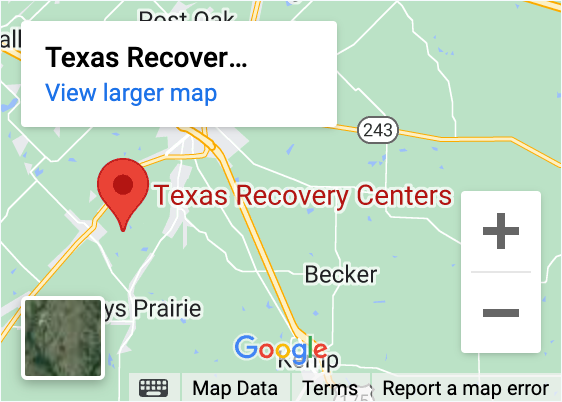A severe opioid crisis is plaguing the country. Hundreds of people die every day in the United States from an opioid-related overdose, and when a person becomes addicted to opioids, the risk of overdose increases. Fortunately, there are effective treatment options available. If you need to find an opioid addiction treatment program in Texas, please contact Texas Recovery Center today at 214.295.6503.
What Is Opioid Addiction?
Opioid addiction is the compulsive use and a lack of control of opioids, whether they are medications or illegal substances. Once addicted, the urges to use opioids are so intense that it can be hard to stop. Continuing to use opioids despite significant consequences is one of the most telling signs of addiction.
Opioids include, but aren’t limited to:
- Codeine
- Fentanyl
- Heroin
- Hydrocodone (Vicodin)
- Hydromorphone (Dilaudid)
- Morphine
- Oxycodone (Oxycontin)
A crucial step to overcoming addiction is knowing the signs, but they aren’t always apparent. Each person experiences addiction differently, and opioid and opiate use can be challenging to notice. The symptoms are subtle, but looking closer can save a life.
Here are seven common signs of opioid use and addiction.
1. Behavioral Changes
Behavioral changes are often the first signs. The person avoids making eye contact with friends or family, experiences mood swings, quickly becomes irritable, and is nervous or unusually excited or euphoric. They go through abrupt changes in energy levels and become hostile without warning.
Previously enjoyed activities become neglected in favor of getting high. The person abruptly switches friend groups, engages in secretive behavior, and becomes isolated. They hide things, show a tendency to steal, and experience legal problems that seem out of the blue. Overall, they act differently, and you may feel that something is not right.
2. Physical Changes
Opioid use takes a toll on the body. The person experiences noticeable changes in physical appearance, like weight loss or weight gain. Sometimes, they slur their words or have a raspy voice when they talk. Their breathing is slower than usual, and when they walk, they’re unbalanced and have problems with coordination.
Other physical signs or changes include:
- Constipation
- Pinpoint (small) pupils
- Decreases in sexual desire or performance
- Flushed skin
- Extreme drowsiness
- Scarring or needle marks on their arms, hands, or feet.
3. Growing More Drowsy, Distant, and Detached
The person frequently appears drowsy and distant to the outside world, becoming detached from family or friends. When you look into their eyes, something seems off. They lack awareness of the people and things around them, are inattentive, and are no longer interested in doing their usual hobbies.
They also go on the nod, or falling asleep, drifting in and out of consciousness any time of the day and taking more naps than usual. Their personality is different, and they have trouble making decisions.
4. Problems with Memory, Relationships, and Other Obligations
The person may appear confused, disoriented, and have trouble concentrating, adversely affecting relationships and other life aspects. They’re slow to respond to questions, avoid problem-solving and ignore obligations. Work performance slips or grades lower in school.
Relationships further deteriorate because they favor opioid use over maintaining bonds with friends and family. They have problems remembering appointments or paying attention to loved ones, missing gatherings, or skipping out on plans without notice. Things become neglected, like daily chores, calling family, or taking care of their personal hygiene and appearance.
5. Going Doctor Shopping or Moving on to Heroin Use
Doctor shopping refers to patients obtaining opioid prescriptions from multiple healthcare providers without the prescribers knowing the patient has another prescription. They also may claim to have lost their prescription and need another one filled or complain the pain is so bad they need a stronger prescription.
When prescription drugs are too challenging to obtain, they turn to more available opioids, like heroin. Heroin works similarly to most prescription opioids, fulfills the urges and cravings, and is more powerful when injected. Many heroin addictions stem from initial prescription opioid use.
6. Odd Items and Drug Paraphernalia
People may use opioids in a variety of ways. They are taken orally, snorted, smoked, and injected. Certain items, like piles of burned tinfoil, medication bottles with the labels ripped off, tiny pieces of balloons, or bloodied cotton swabs, are found in rooms or trash cans.
Other odd items related to opioid use include:
- Hose clamps
- Syringes or needles
- Bent spoons
- Rolled-up dollar bills
- Straws or tubes that someone has cut into smaller pieces
7. Withdrawal Symptoms After Stopping Use
Withdrawal symptoms occur after a person develops a physical or psychological dependence on opioids. This is often referred to as being dope sick and is characterized by intense flu-like symptoms that are unbearably painful. Withdrawal symptoms can occur just a few hours after the drug wears off.
A person may complain of feeling sick during the week. Calling in sick to work or school consistently every week may suggest they’re engaging in heavy opioid use on the weekend and going through withdrawal during the week.
What Does Opioid Addiction Treatment Involve?
If you relate to any signs of opioid addiction or notice any signs occurring in a loved one or family member, it’s crucial to seek help. Without help, stopping use is extremely difficult. But, addiction is a treatable disease. Treatment usually consists of a medically supervised detox program, followed by a combination of medications and behavioral therapy.
Detox
Detox programs ensure a person is safe and sober during the uncomfortable process of withdrawal. These programs typically take place in a hospital, inpatient treatment center, or opioid treatment center. This treatment allows staff to administer medications to alleviate symptoms, provide support and prepare them for additional treatment.
Medications
Medications can support the recovery process. There are three government-approved medications: methadone, buprenorphine (Suboxone), and naltrexone (Vivitrol). These medications effectively reduce dependence, reduce drug cravings, alleviate uncomfortable symptoms, and motivate participation in therapy.
Behavioral Therapy
Therapy is the most common form of addiction treatment and works to change destructive patterns of behavior and how a person thinks about drugs. Two common behavioral therapies effective for treating opioid addiction include cognitive-behavioral therapy (CBT) and dialectical behavior therapy (DBT). These treatments involve developing coping skills and healthy habits for long-lasting recovery.
Seek Treatment at Texas Recovery Center
If you’re looking for effective treatment for opioid addiction, then our opioid addiction treatment program in Texas can help. Call Texas Recovery Center today at 214.295.6503 to learn more about our treatment options.


